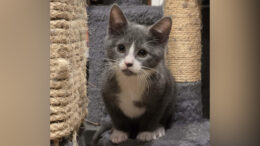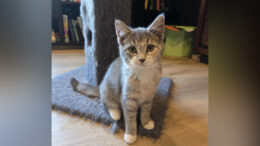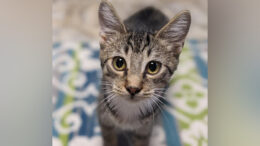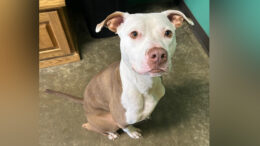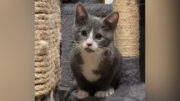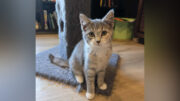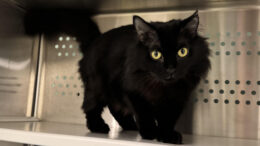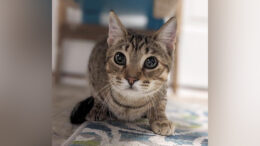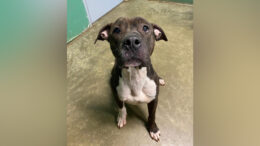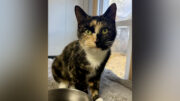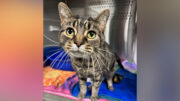From staff reports
Pennsylvanians have been facing dangerously high temperatures and stifling humidity, and those conditions are sticking around this weekend.
As temperatures rise, the American Red Cross of Greater Pennsylvania is offering steps people can take to stay safe.
Who’s at risk?
People with heart disease, poor blood circulation, obesity and mental illness are at risk for getting sick if the temperatures climb.
Heat safety tips
Hot cars can be deadly. Never leave children or pets in your vehicle. The inside temperature of the car can quickly reach 120 degrees.
Stay hydrated by drinking plenty of fluids. Avoid drinks with caffeine or alcohol.
Check on family, friends and neighbors who do not have air conditioning, who spend much of their time alone or who are more likely to be affected by the heat.
If you don’t have air conditioning, seek relief from the heat during the warmest part of the day in places like schools, libraries, theaters, malls, etc.
Avoid extreme temperature changes.
Wear loose-fitting, lightweight, light-colored clothing. Avoid dark colors because they absorb the sun’s rays.
Postpone outdoor games and activities.
Use a buddy system when working in excessive heat. Take frequent breaks if working outdoors.
Check on animals frequently to ensure that they are not suffering from the heat. Make sure they have plenty of cool water and shade.
What to do
Excessive heat can lead to sunburn, heat cramps, heat exhaustion and heat stroke.
If someone is experiencing heat cramps in the legs or abdomen, get them to a cooler place, have them rest, lightly stretch the affected muscle, and replenish their fluids with a half a glass (about 4 ounces) of cool water every 15 minutes.
If someone is exhibiting signs of heat exhaustion (cool, moist, pale or flushed skin, heavy sweating, headache, nausea, dizziness, weakness and exhaustion), move them to a cooler place, remove or loosen tight clothing and spray the person with water or apply cool, wet cloths or towels to the skin. Fan the person.
If they are conscious, give small amounts of cool water to drink. Make sure the person drinks slowly. Watch for changes in the person’s condition. If the person refuses water, vomits or begins to lose consciousness, call 911 for help.
Heat stroke usually occurs by ignoring the signals of heat exhaustion. Heat stroke develops when the body systems are overwhelmed by heat and begin to stop functioning.
Signs include hot, red skin which may be dry or moist; changes in consciousness; vomiting and high body temperature. Call 911 immediately if someone shows signs of heat stroke.
Move the person to a cooler place. Quickly cool the person’s body by immersing them up to their neck in cold water if possible. Otherwise, douse or spray the person with cold water, or cover the person with cold, wet towels or bags of ice.
For more local news, visit TheDerrick.com.


